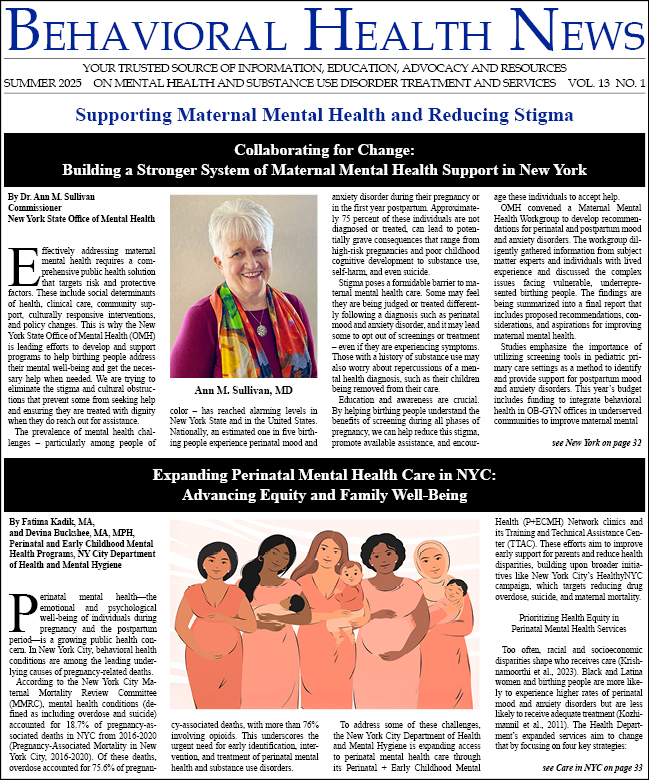The national suicide rate among adolescent youth has risen significantly over the years, surpassing other causes of youth fatalities. Suicide during childhood and adolescence is ranked as the second leading cause of death among these age groups. A 2022 study found that suicide was the second-leading cause of death for youth aged 10–14 and the third-leading cause for those aged 15–24. Between 2007 and 2021, suicide rates for youth aged 10–24 increased by 62 percent (SAMHSA, 2024).

Factors Impacting Youth Suicide
Over the years, various factors have contributed to the rise in youth suicide, including but not limited to bullying in schools, heightened symptoms of depression, the impact of the COVID-19 pandemic, grief due to the loss of a loved one, and the growing influence of social media and technology, which also encompasses cyberbullying.
These elements are reflected in numerous statistics, highlighting the devastation that affects not only families nationwide but also the communities these young individuals once belonged to. It is important that we recognize this as both a national and global crisis in order to implement the necessary changes and interventions to reduce and prevent the suffering and premature loss of our future generation.
Youth suicide is a complex and sensitive issue with numerous determinants. These variables affect not only the individual youth but also extend to societal influences. The underlying cause of suicidal thoughts in youth often stems from pain and a sense of hopelessness, leading them to believe that things will never improve. Known risk factors for suicidal ideations and behaviors include previous suicide attempts, mental illness, trauma-related adverse childhood experiences, family dynamics, isolation, and feelings of hopelessness. A 2017 study (Ertl, Crosby, & Blair, 2020) found that, disproportionately, female youth exhibit the highest rates of nonfatal suicidal behaviors, while male youth have the highest completed suicide death rates. Understanding that interventions like traditional therapy, which were common 20 years ago, may not resonate as much with today’s youth is pivotal. Community leaders and resource providers must consider a variety of approaches when addressing mental health concerns. Some individuals may choose not to seek formal treatment at all, instead turning to family members or peers for guidance. Many mental health issues among youth may go unnoticed or undiagnosed. For suicide prevention efforts to be effective, they must go beyond traditional clinical settings and reach those who have not been diagnosed or have not yet received the appropriate treatment (Ertl et al., 2020). Preferences for handling mental health issues independently may vary across different contexts; therefore, it is essential to be culturally aware and competent in addressing the sociocultural factors at play. For instance, black individuals and other minoritized groups may feel pressured to “be strong” and persevere without seeking help due to cultural norms that frame mental illness as a “white man’s issue” (Castro-Ramirez, Al-Suwaidi, Garcia, Rankin, Ricard, & Nock, M. K., 2021).
Strategies and Community Resources
Preventing youth suicide requires a collaborative decision-making approach that involves the youth, recognizing the importance of community engagement in the development of “gatekeepers.” Ertl et al. (2020) define the terminology gatekeepers as community members, including teachers, coaches, and healthcare providers, who are trained to recognize individuals at risk for suicide and refer them to appropriate treatment or support services. Some approaches include:
- Faith-Based and Mental Health Integration: Faith leaders can incorporate information regarding mental health challenges, suicidal thoughts, and behaviors into their work and teachings. They can also help by strengthening connectedness in their faith community, which is a key factor in decreasing youth suicide (Johnson, Harwell, Miller, & Rosenblum, 2024).
- Community Engagement and Activities: Community-based programs, such as mentorship initiatives like Big Brothers Big Sisters of America and volunteer services, offer invaluable opportunities for youth engagement. These programs focus on fostering personal growth by providing social support, helping young individuals feel connected, and reducing feelings of isolation (SAMHSA, 2024).
- Individual Psychotherapy: Individual therapy offers emotional support, helping youth express their emotional challenges. While this approach can be effective for some, it is imperative for it to be a client-centered treatment approach. Some youth may find this method of treatment unsatisfactory due to past negative experiences or a lack of trust in the provider (Horowitz, Tipton, & Pao, 2020).
- Group Therapy and Peer Support: Offering peer support-led groups can help youth share their experiences with one another and navigate through the challenges they face. Programs like Bring Change 2 Mind (BC2M), are a mental health awareness club focusing on schools with a high enrollment of historically underserved groups. In addition, Sources of Strength is a peer-led, evidence-based suicide prevention program for secondary schools. This program trains students to be peer leaders and connects them with adult advisors, both at school and in the community (Horowitz et al., 2020).
Youth Suicide Prevention Is a Community Responsibility
Adolescence is a time of significant developmental change, both physically and emotionally. It is also a period of vulnerability as youth navigate a variety of pressures, from social relationships to the influence of social media and family dynamics. These elements can sometimes contribute to feelings of hopelessness, isolation, and suicidal ideations. Allowing mental health support to be more accessible, whether through school-based programs, peer groups, faith leaders, or community engagement, can provide youth with the opportunity to seek help when desired. Additionally, reducing stigma around seeking help is just as important in encouraging those who are struggling to reach out and not feel ashamed of their feelings. Understanding the conditions that lead to youth suicide is essential in shaping proactive, targeted interventions. Building a culture of care that prioritizes mental health, especially during adolescence, could be a powerful step toward reducing suicide rates among youth and saving the lives of generations to come (Cha et al., 2018).
Tiffany N. Jackson, LMHC, MBA, NCC, QS, is a nationally certified counselor and certified intervention training trainer in the state of Florida.
References
Center for Faith-based and Neighborhood Partnerships. (2022). Youth Mental Health and Well-being in Faith and Community Settings: Practicing Connectedness. Retrieved from www.hhs.gov
Cha, C. B., Franz, P. J., Guzman, E. M., Glenn, C. R., Kleiman, E. M., & Nock, M. K. (2018). Suicide among Youth: Epidemiology, (Potential) Etiology, and Treatment. Journal Child Psychology Psychiatry, 59(4):460-482. Retrieved from www.ncbi.nlm.nih.gov
Ertl, A., Crosby A. E., & Blair, J. M. (2020). Youth Suicide: An Opportunity for Prevention. Journal of the American Academy of Child & Adolescent Psychiatry, 59(9):1019-1021. Retrieved from www.ncbi.nlm.nih.gov
Horowitz, L., Tipton, M. V., & Pao, Maryland. (2020). Primary and Secondary Prevention of Youth Suicide, 145 (2): S195-S203. Retrieved from www.hhs.gov
Johnson, B. J., Harwell, E. J., Miller, C., & Rosenblum, L. B. (2024). Hope: A Guide for Faith Leader to Help Prevent Youth Suicide. Retrieved from www.hhs.gov
Mata-Greve, F., Johnson, M., & Blanchard, B. E. (2022). A Longitudinal Examination of Cultural Risk Factors of Suicide and Emotional Regulation. Retrieved from www.apa.com
Substance Abuse and Mental Health Services Administration (SAMHSA) (2024). Suicide Prevention Strategies for Underserved Youth. Retrieved from www.pcssnow.org






